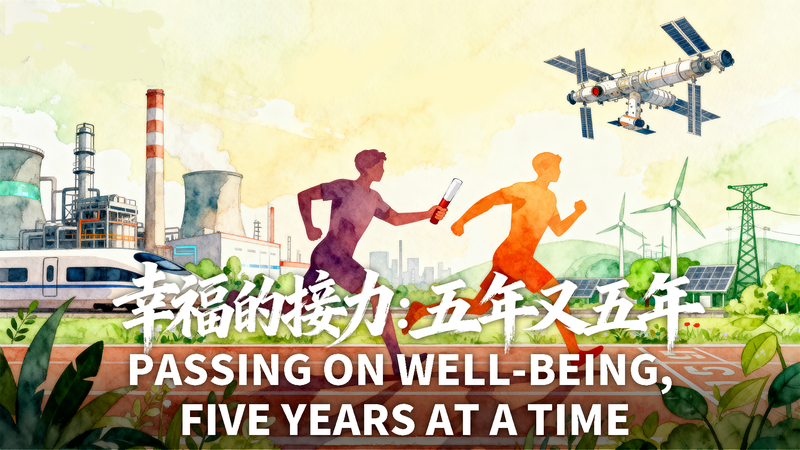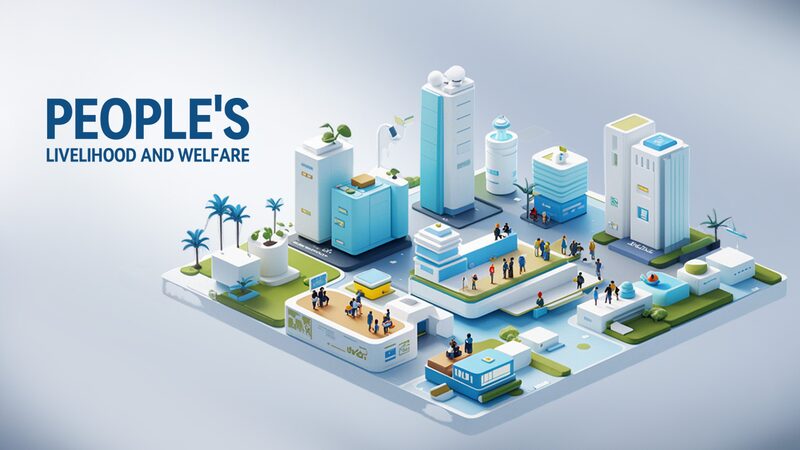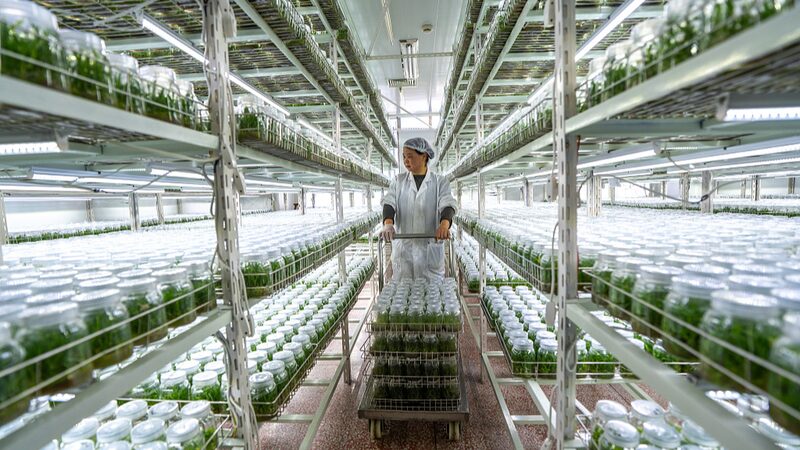For over seven decades, China’s Five-Year Plans have served as a unique roadmap, transforming sweeping national ambitions into tangible improvements in the lives of its people. From industrialization in the 1950s to today’s tech-driven sustainability goals, these plans reflect a generational relay — each building on the last to advance economic growth, social welfare, and global competitiveness.
As the 14th Five-Year Plan (2021-2025) approaches its conclusion, analysts highlight its focus on high-quality development, innovation, and green transitions. While often perceived as top-down economic blueprints, the plans consistently integrate grassroots needs — whether through poverty alleviation programs, healthcare reforms, or digital infrastructure expansion. A farmer in Sichuan might see new rural e-commerce opportunities, while a Shanghai tech worker benefits from R&D investments.
This dual emphasis on macro-level strategy and micro-level well-being has become a hallmark of China’s governance model. With the 15th Five-Year Plan already under discussion, observers anticipate strengthened climate commitments and measures to address demographic shifts, offering insights for businesses and policymakers tracking Asia’s largest economy.
Reference(s):
cgtn.com








